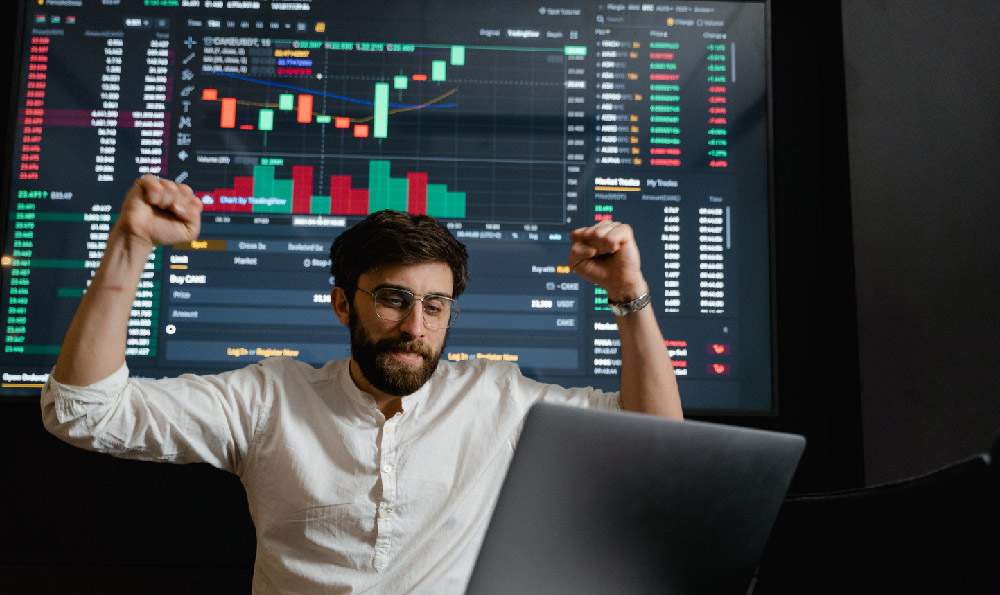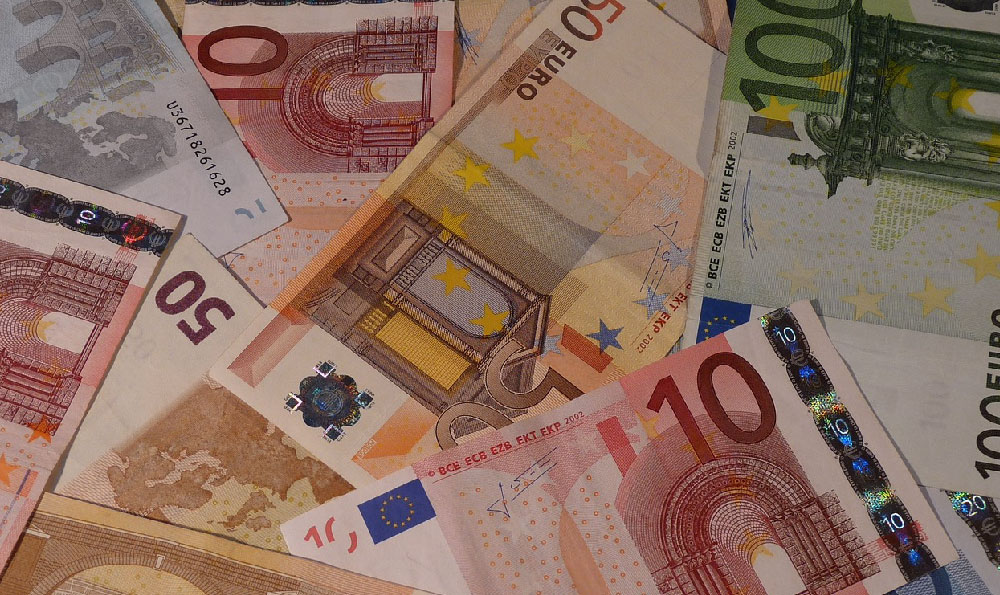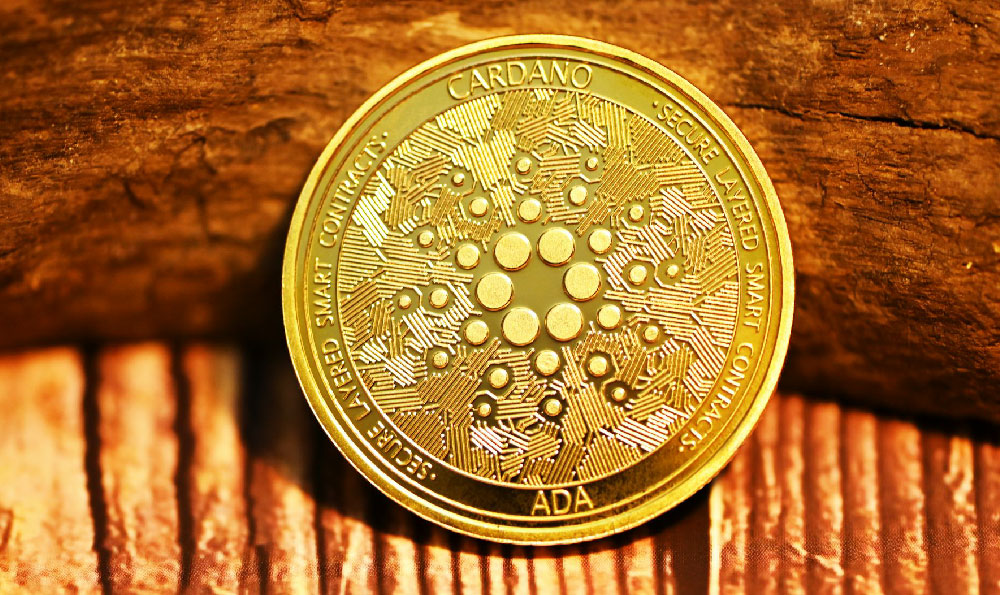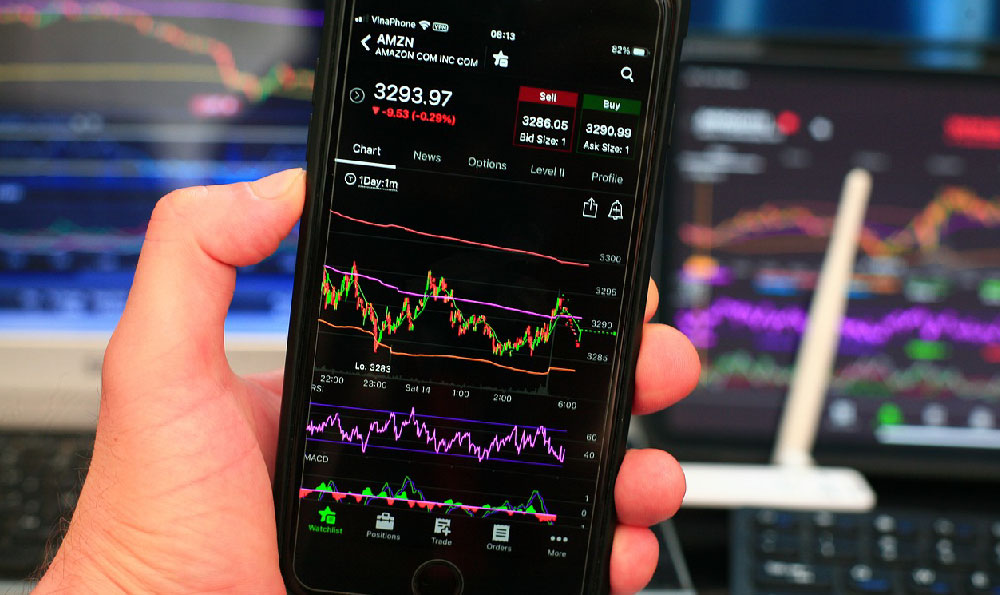The intersection of artistic expression and financial opportunity has expanded dramatically with the rise of digital platforms and blockchain technology. Traditional income streams for artists—such as gallery sales, commissions, and music royalties—have long been subject to intermediaries, unpredictable market fluctuations, and limited scalability. However, the emergence of virtual currencies and non-fungible tokens (NFTs) has created new avenues for artists to monetize their work, diversify their revenue sources, and maintain greater control over their creative careers. Understanding how much an artist can potentially earn in this evolving landscape requires a nuanced analysis of market dynamics, technological advancements, and strategic decision-making.
One of the most transformative developments in this space is the ability for artists to tokenize their creations on blockchain networks, enabling direct transactions with global audiences. This shift has been particularly pronounced in the visual arts, music, and digital design sectors, where platforms like OpenSea, SuperRare, and Foundation have become hubs for NFT trading. The value of an artist’s income in this context is not static but rather influenced by a combination of factors, including the uniqueness of the work, the demand within the digital art market, and the overall adoption of blockchain technology. For instance, a digital painting sold as an NFT could generate revenue not only from the initial sale but also through ongoing royalties each time the artwork is resold, as programmed into the smart contract. Such mechanisms provide a recurring income stream that contrasts sharply with traditional art markets, where artists typically receive a one-time payment.
The potential earnings for artists in this arena can vary significantly depending on their specialization and the medium they choose. In the NFT market, high-profile artists have achieved astronomical sums for their digital art pieces, with some artworks fetching millions of dollars. However, these success stories are often outliers, and the majority of artists may not reach such heights. For example, a digital illustrator selling artworks on a decentralized platform might earn hundreds or even thousands of dollars per piece, while a musician leveraging blockchain-based royalties could see a fraction of their income distributed automatically to rights holders. The scalability of digital art, combined with the ability to reach niche audiences, can create opportunities for sustained revenue generation. Yet, the volatility of cryptocurrency markets and the subjective nature of art valuation mean that income is not guaranteed.

Another critical factor in determining an artist’s income is the role of intellectual property (IP) protection. Blockchain technology offers a transparent and immutable ledger for tracking ownership and provenance, which can empower artists to secure their rights in a way that is both cost-effective and efficient. This is particularly valuable in an era where traditional IP enforcement is often cumbersome and expensive. By leveraging NFTs to represent their work, artists can ensure that each transaction is recorded and that their rights are preserved. Furthermore, smart contracts can be programmed to grant artists a percentage of the resale value, creating a long-term income model that aligns with the principles of decentralization and community engagement.
The financial landscape for artists is also shaped by the intersection of creativity and technology. As the demand for digital art increases, so does the potential for innovative monetization strategies. These include subscription-based models where fans pay a recurring fee to access exclusive content or limited-edition artworks, tokenized crowdfunding campaigns to raise funds for creative projects, and decentralized autonomous organizations (DAOs) that allow artists to share in the profits generated by their work. Such strategies not only maximize an artist’s earning potential but also foster a more direct relationship between creators and their audience. However, they require careful planning and execution to ensure that both the artist and their patrons benefit fairly.
Navigating the risks associated with these new income streams is essential for long-term success. The volatility of cryptocurrency prices can impact the value of an artist’s income, as the proceeds from NFT sales are often denominated in digital assets. Artists must therefore consider the stability of the token they choose, as well as the potential for price fluctuations. Additionally, the digital art market is still in its early stages, and artists must be cautious of fraud, plagiarism, and speculative bubbles. For instance, some NFTs have been sold for exorbitant prices despite lacking intrinsic value, which can create misleading expectations for new entrants. To mitigate these risks, artists should conduct thorough research, engage with reputable platforms, and diversify their revenue sources beyond the NFT market.
The future of artist income in the virtual currency ecosystem is closely tied to technological innovation and market evolution. As blockchain technology matures, we can expect more sophisticated tools for managing digital assets, protecting intellectual property, and creating equitable revenue models. This will likely lead to higher adoption rates among artists, expanding their earning potential and reducing reliance on traditional gatekeepers. At the same time, the integration of artificial intelligence and machine learning into the creative process may disrupt existing models, requiring artists to adapt and explore new ways to monetize their craft. For example, AI-generated art has already sparked debates about authorship and compensation, highlighting the need for clear legal frameworks and ethical guidelines.
Ultimately, the income potential for artists in this space is not confined to a single metric or outcome. It is a complex interplay of factors, including the uniqueness of their work, the size of the market, the technology they utilize, and their strategic approach. Artists must remain vigilant, continuously adapt to market changes, and prioritize both creativity and financial planning to maximize their earning potential while minimizing risks. By doing so, they can position themselves to benefit from the opportunities presented by the virtual currency revolution and contribute to its ongoing development.











